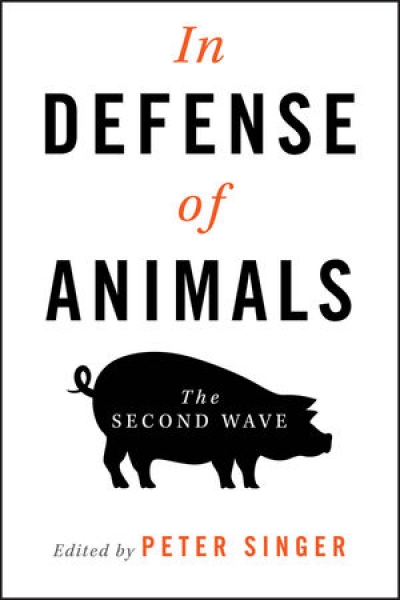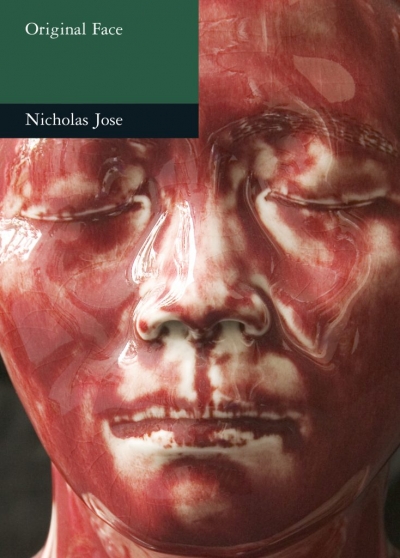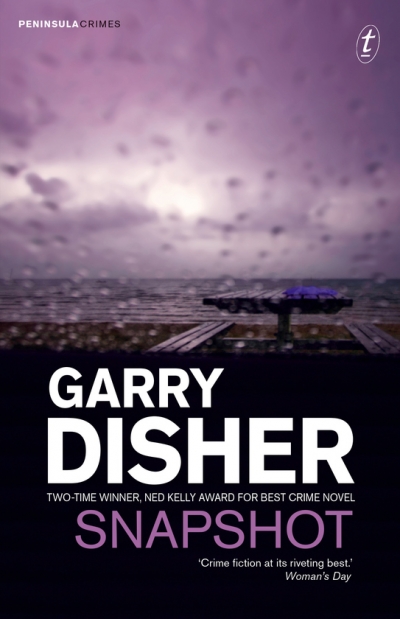Review
Margaret Olley: Far from a still life by Meg Stewart
by Brenda Niall •
In Defence of Animals: The second wave edited by Peter Singer
by Chilla Bulbeck •
Heart Cancer by Bill Leak & Moments Of Truth by Bill Leaks
by Iain Topliss •
The Year's Best Australian Science Fiction and Fantasy 2004 edited by Bill Congreve and Michelle Marquardt & A Tour Guide in Utopia by Lucy Sussex
by Jake Wilson •
The Grasshopper Shoe by Carolyn Leach-Paholski & A New Map of the Universe by Annabel Smith
by Kate McFadyen •
Arthur Boyd and Saint Francis of Assisi: Pastels, lithographs and tapestries, 1964–1974 by Margaret Pont
by Luke Morgan •
Snapshot by Garry Disher & A Thing of Blood by Robert Gott
by Rick Thompson •
A Figure of Speech: A political memoir by Graham Freudenberg
by Troy Bramston •










